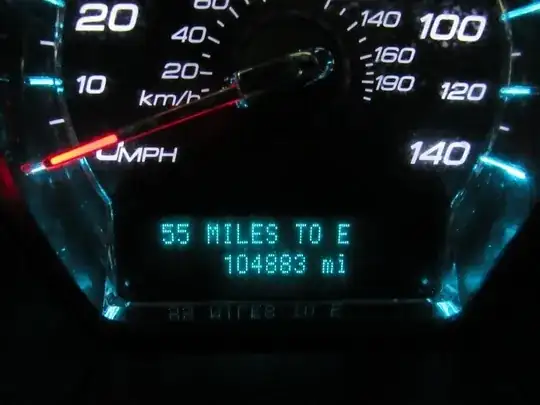"miles remaining" is an guesstimate based on your recent driving
The system has stores a great deal of data about your past driving performance, and the "miles to E" is assuming you will continue driving like you recently have. If your driving changes, the estimate is invalid.
Imagine you deliver vegetables for an artisanal farmer in upstate NY. Yesterday you drove to Vermont to pick up an irrigation part, all 55mph steady cruise, 32 MPG. You fill up the tank which has 10 gallons usable, so the computer says "320 miles to E" (32x10). Today you drive down to NYC to deliver to 20 restaurants, and get stuck in lots of stop-go traffic and city driving, that with need for heavy A/C drops your MPG down to 20. Finished, you fill up and the system says "200 miles to E" (20x10). The only thing that changed was your driving conditions.
And of course, on your 55mph trip home, that will prove to be wrong. The computer doesn't know what you'll do next.
How to compare fuel: standard test conditons
If you want to see what your gas is doing to your fuel econony, push the display button until it shows "instantaneous MPG" and set up some "standard testing conditions". A specific stretch of highway that's flat where you would be able to use a constant throttle setting to maintain speed (that means don't move your foot), A/C off, don't draft trucks, constant speed same speed because that matters, temperature should be in the same neighborhood (cold air is thicker) and reject any results involving rain or snow/ice on road because those hurt MPG.
What to expect
- Expect E85 (ethanol) fuel blends to have significantly worse MPG - the fuel simply has less energy in it.
- E10 fuel will be just a tick worse than regular gasoline.
- Expect higher octane fuel to not help MPG at all.
It goes without saying (does it?) that the #1 thing affecting your MPG is your driving habits. To learn all best-practices there, research driving tactics called "hypermiling".
